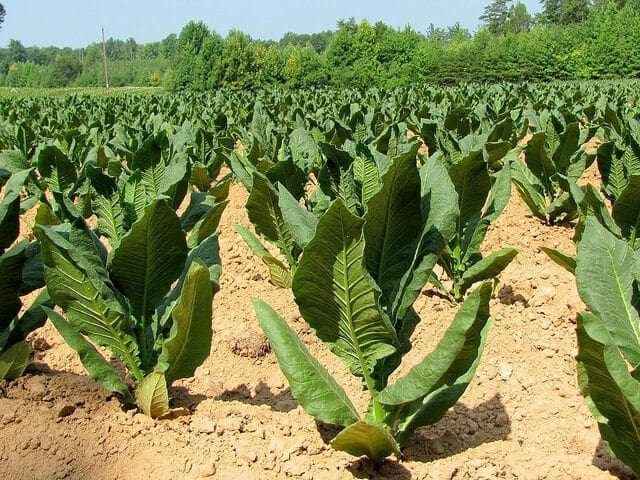From CO2Science: In an intriguing study examining plant-insect interactions, Moreno-Delafuente et al. (2021) found it is the insect that is the clear loser under rising CO2. In reaching this conclusion, the team of six scientists reared two generations of the cotton aphid (Aphis gossypii) on melon plants (Cucumis melo) for a period of either two or six weeks in controlled-environment chambers under either ambient (400 ppm) or elevated (700 ppm) concentrations of atmospheric CO2. It was their objective to determine whether elevated CO2 would alter melon plant biochemistry (i.e., amino acids and soluble carbohydrates) in such a way to have a measurable impact on A. gossypii body mass and colony growth rate.
Paper reviewed: Moreno-Delafuente, A., Morales, I., Garzo, E., Fereres, A., Viñuela, E. and Medina, P. 2021. Changes in melon plant phytochemistry impair Aphis gossypii growth and weight under elevated CO2. Scientific Reports 11: 2186, doi.org/10.1038/s41598-021-81167-x.
All work was performed at the Institute of Agricultural Sciences of the Spanish National Research Council (Madrid, Spain).
The results of the study revealed a decline in aphid body mass in both the first and second generation under elevated CO2 (see Figure 1 below), with the decline becoming more pronounced in the six week treatment compared to the 2 week treatment, and in the second generation compared to the first generation. Similarly, aphid population performance, as illustrated in Figure 2, was negatively impacted by elevated CO2; after three weeks the colony growth rate was approximately 30% lower that the growth rate under ambient CO2.
With respect to how or why the above differences occurred, Moreno-Delafuente point to plant biochemistry changes they observed under elevated CO2. Specifically, they write elevated CO2 induced “changes in primary [plant] metabolites, significantly reducing the content of some amino acids [that are essential for aphid nutrition].” Consequently, the afore-mentioned biochemistry changes negatively impacted aphid growth and performance, explaining the observed reductions in body mass and colony growth rate.
And so it is that in the future, under rising levels of atmospheric CO2, the melon will be the winner in this ongoing plant-insect battle, experiencing an overall reduction in damages caused by this herbivore pest thanks to CO2-induced changes in plant biochemistry.

Figure 1. Dry weight of adult Aphis gossypii (mean ± SE) reared under ambient (400 ppm, aCO2) or elevated (700 ppm, eCO2) CO2 on melon plants previous acclimated for 2 or 6 weeks to the respective CO2 concentration. Values are the average of sets of 50 synchronized adults (n = 12). First and second generation were examined separately. * = P ≤ 0.05, ** = P ≤ 0.01 and *** = P ≤ 0.001 when statistically significant differences were found, ns = no significant differences (Two-way ANOVA and LSD tests). A.P. = Acclimation Period to the respective CO2 concentration. Source: Moreno-Delafuente et al. (2021).

Figure 2. Mean (± SE) colony growth rate of Aphis gossypii, measured as the sum of nymphs and adults reared under ambient (400 ppm) or elevated CO2 (700 ppm). Each colony was generated from two adult females reared on melon plants acclimated for two weeks to the respective CO2 concentration. Growth rates were calculated weekly (day 14 as the difference in the number of aphids on day 14 compared to day 7; and day 21, comparing the number of aphids on day 21 to day 14). P-values based on Student t-test (* = P ≤ 0.05). Source: Moreno-Delafuente et al. (2021).


